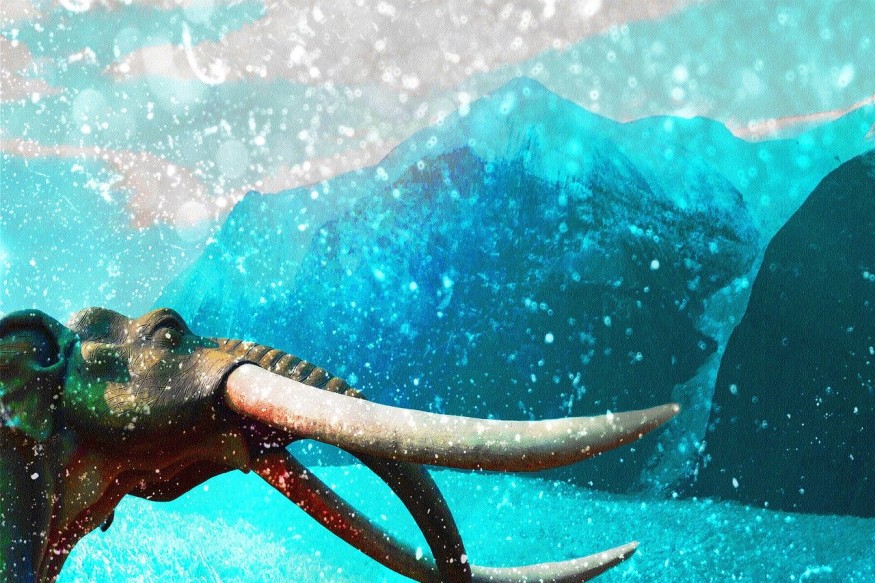Mammoths are known for their gargantuan size compared to modern elephants of today. Before becoming extinct thousands of years ago, these large mammals lived in different parts of the world, including woolly mammoths that thrived in the cold tundra of Asia, Europe, and North America. The now-extinct elephant species also lived alongside ancient humans, including during the last Ice Age approximately 10,000 years ago, as part of the Pleistocene Epoch (2.6 million to 11,500 years ago).
Since then, mammoth fossils have been discovered globally, including in Canada, the United States, and Mexico. Some of these fossils are trapped within permafrost and even inside caves. Recently, a mammoth jaw was discovered by a Florida man while diving in an alligator-infested river last week. The diver initially thought that the fossil was a wooden log but later found out that it is a fully intact mammoth jaw.
Mammoth Jaw in Florida River

The mammoth jaw unearthed along the Florida river was discovered on November 13 by John Kreatsoulas, who runs Fossil Junkies Diver Charters & Airboat Dig Tours in Arcadia. Reports said that an investigation into the rare find revealed that the mammoth fossil was still in one piece.
The Florida man estimated that the mammoth jaw dates to 10,000 years ago. Before realizing that the fossil belonged to the extinct mammoth, Kreatsoulas thought that it was a tree. The historic discovery occurred as local man dives in the river only during winter months, a time when alligators are mostly dormant.
Why Did the Mammoths Go Extinct?
Mammoths went extinct thousands of years ago, with scientists recording some of its remaining species surviving until 4,000 or 5,000 years ago. There is no absolute evidence regarding the exact cause of mammoth extinction. However, experts believe that these ancient mammoths, which deviated from the elephant lineage millions of years ago, went extinct due to climate change and the decreased availability of their food. Other reports indicate that human hunting caused their demise.
The giant mammoths are the hairy cousins of today's Asian elephants and African elephants. Despite having their bodies covered with thick coat of fur, mammoths were equipped to survive harsh, cold temperatures. Yet, it is still unclear among scientists how these ancient elephants that lived for millions of years and other Arctic mammals went extinct at the end of the last ice age.
Due to the mystery behind the mammoth extinction, scientists in recent years focused on environmental DNA in permafrost and lake sediments across the Arctic region. In a cited study published in the journal Nature, researchers proposed that climate change is the main culprit behind their extinction, not humans.
Meanwhile, a study in the journal Ecology Letters argues that human activity accelerated the extinction of mammoths, in addition to the impact of climate change long before today's anthropogenic greenhouse gas emissions that greatly contribute to the climate crisis.
© 2025 NatureWorldNews.com All rights reserved. Do not reproduce without permission.





